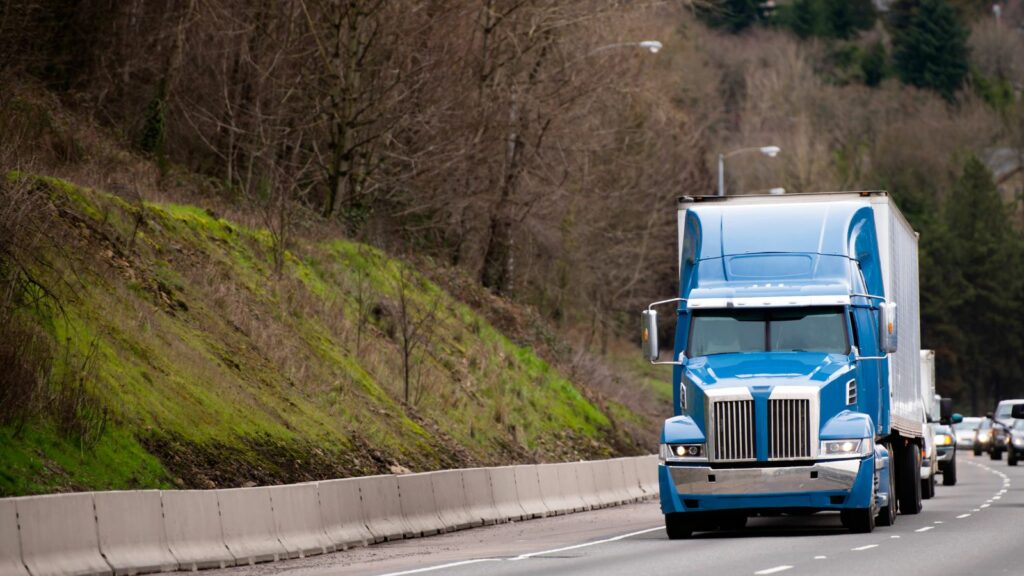When people talk about big rigs or 18 wheelers, they are usually referring to Class 8 trucks. These giants dominate the highways, hauling everything from groceries to heavy machinery across thousands of miles. But Class 8 is just one part of a system that divides trucks into categories based on weight. If you have ever wondered what qualifies as Class 8, what separates the classes, and whether you need special training to drive one, here is a detailed breakdown.
What Defines a Class 8 Truck
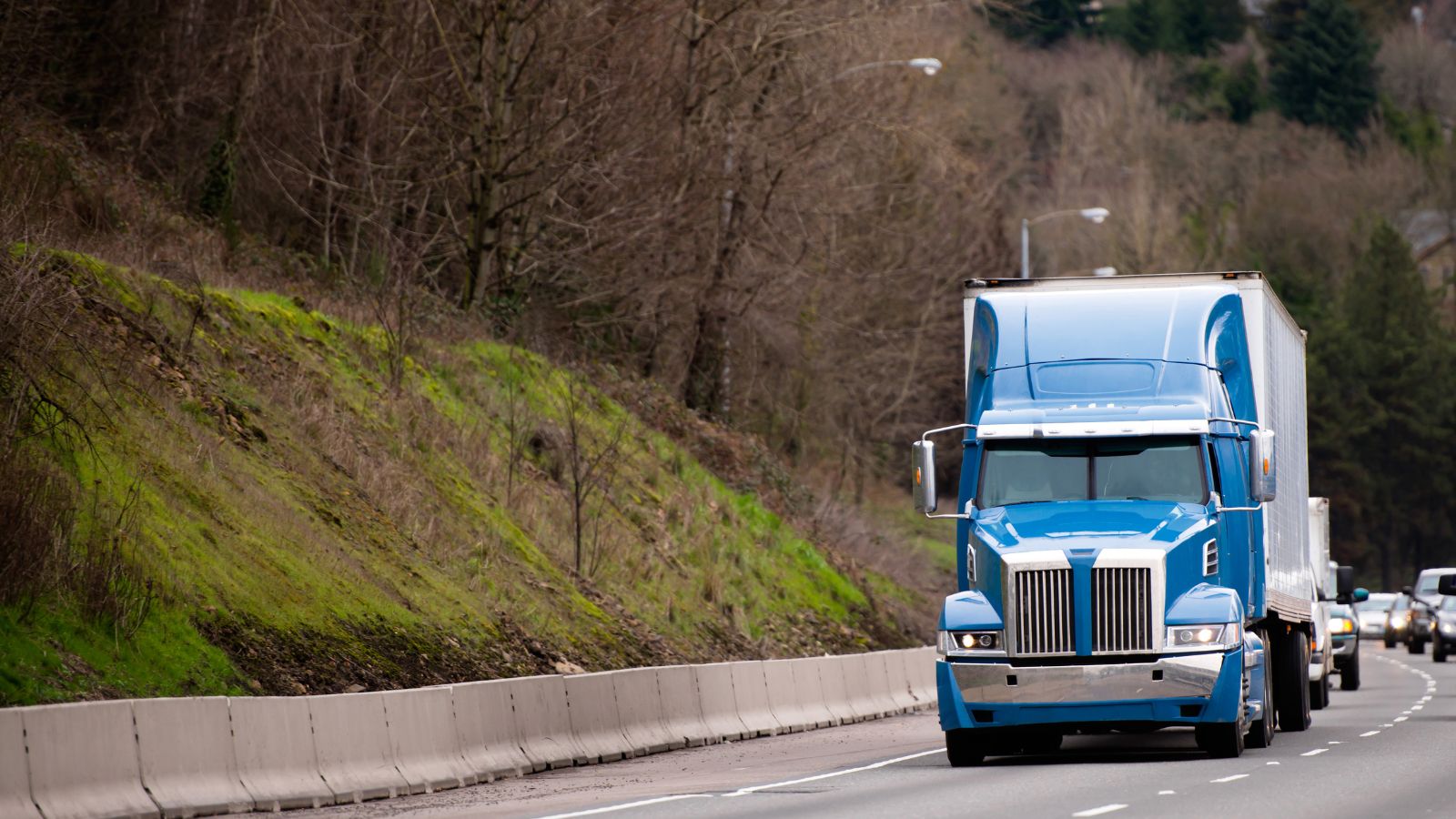
A Class 8 truck is the largest commercial truck recognized in the United States. The system is built on Gross Vehicle Weight Rating, or GVWR, which measures the maximum safe operating weight of a vehicle, including its own weight, fuel, cargo, and passengers. Any truck rated at 33,001 pounds GVWR or higher falls into Class 8.
These are the serious heavy haulers of the road. Tractor trailers with 53 foot trailers, cement mixers churning down city streets, massive dump trucks on construction sites, and specialized freight carriers are all Class 8 machines. They are designed for endurance, power, and the ability to safely transport immense loads. Without them, America’s supply chain would grind to a halt.
Do You Need a Special License to Drive a Class 8

Yes. Driving a Class 8 truck requires a Commercial Driver’s License, known as a CDL. Most long haul rigs require a Class A CDL because they are articulated vehicles, meaning the cab and trailer are separate pieces joined together. Some straight trucks in Class 8, like heavy cement mixers or garbage haulers, may only require a Class B CDL.
To earn a CDL, drivers must complete specialized training, pass written and road tests, undergo medical certification, and in many cases pass drug and alcohol screenings. This is not the kind of license you can simply pick up. The training ensures that anyone behind the wheel of a 40 ton machine knows how to handle it safely.
How the Truck Classes Are Broken Down
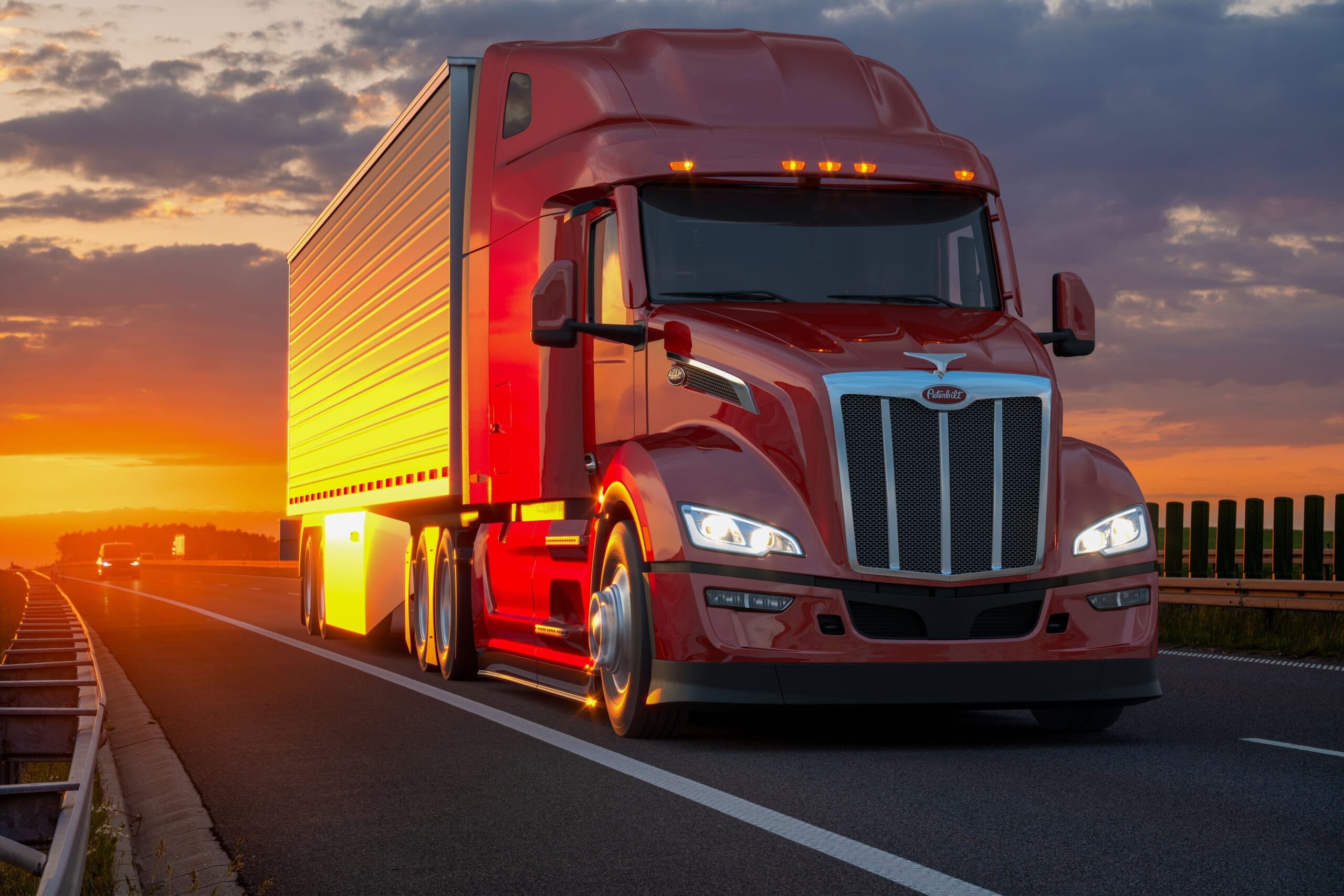
Truck classes run from 1 through 8, with each tier based on GVWR. Here is how they stack up in real world terms.
Classes 1 to 3: Light Duty

These vehicles weigh up to 14,000 pounds GVWR and are the kind of trucks most people are familiar with. Half ton pickups like the Ford F150, Ram 1500, and Chevy Silverado 1500 are all Class 2. A heavier truck like a Ford F250 or Silverado 2500 still stays within the light duty category. Large SUVs and work vans also fit here. These do not require a CDL unless used commercially for special cargo like hazardous materials.
Classes 4 to 6: Medium Duty

This group runs from 14,001 to 26,000 pounds GVWR. Think of large box trucks used by movers, heavy duty work vans, delivery trucks, and some fire trucks. A Ford F450 Super Duty, Ram 5500, or an International CV Series truck would fall into this range. Some can be driven on a normal license, but once you approach the upper limit, a CDL may be required depending on the use.
Class 7: Heavy Duty
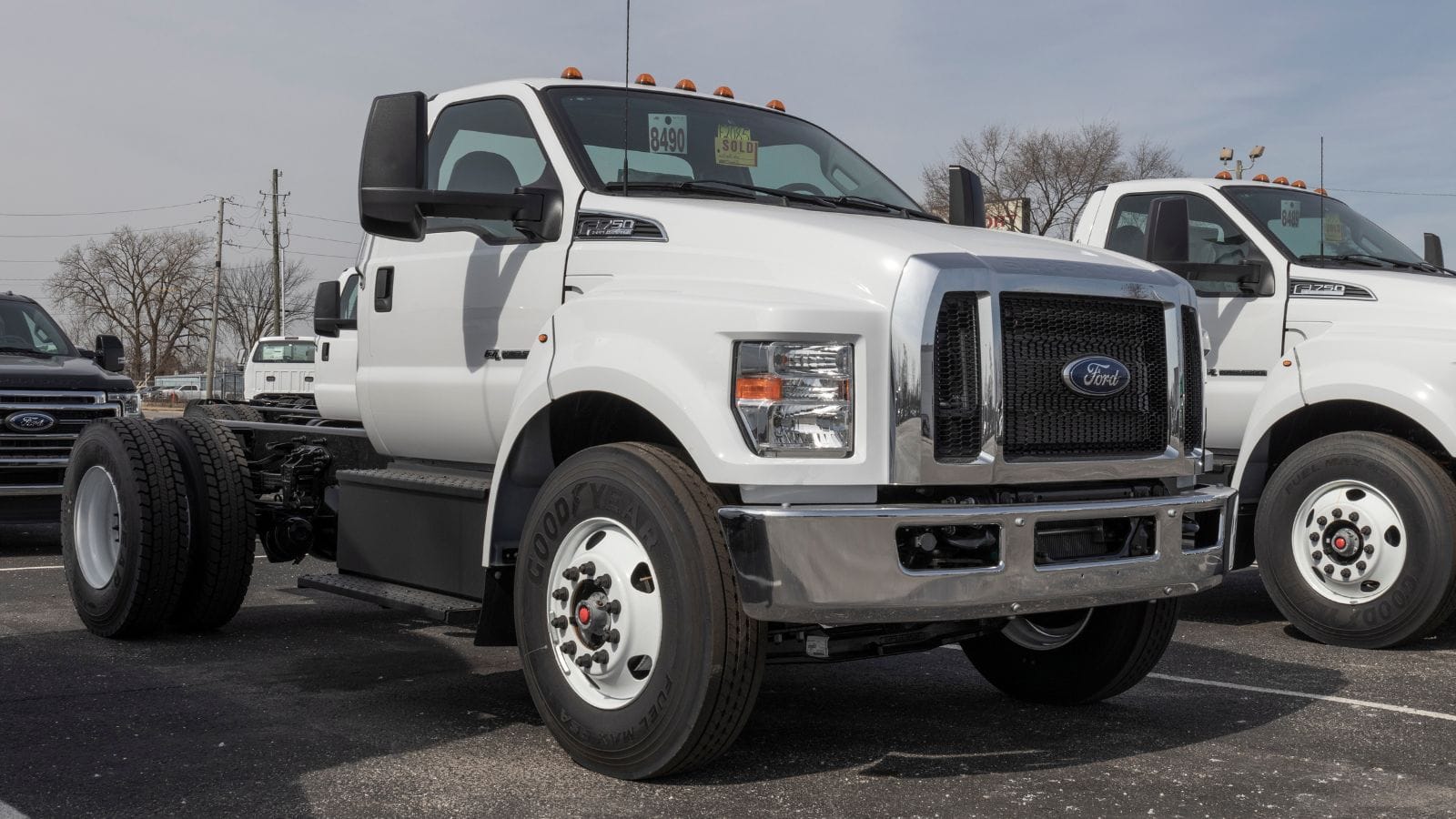
Class 7 covers trucks with a GVWR between 26,001 and 33,000 pounds. These include city buses, refuse trucks, large tow trucks, and certain delivery rigs. A Class B CDL is generally required for these trucks because their size and braking systems demand extra skill. They are not as massive as Class 8 rigs but they still require a professional driver.
Class 8: Extra Heavy Duty
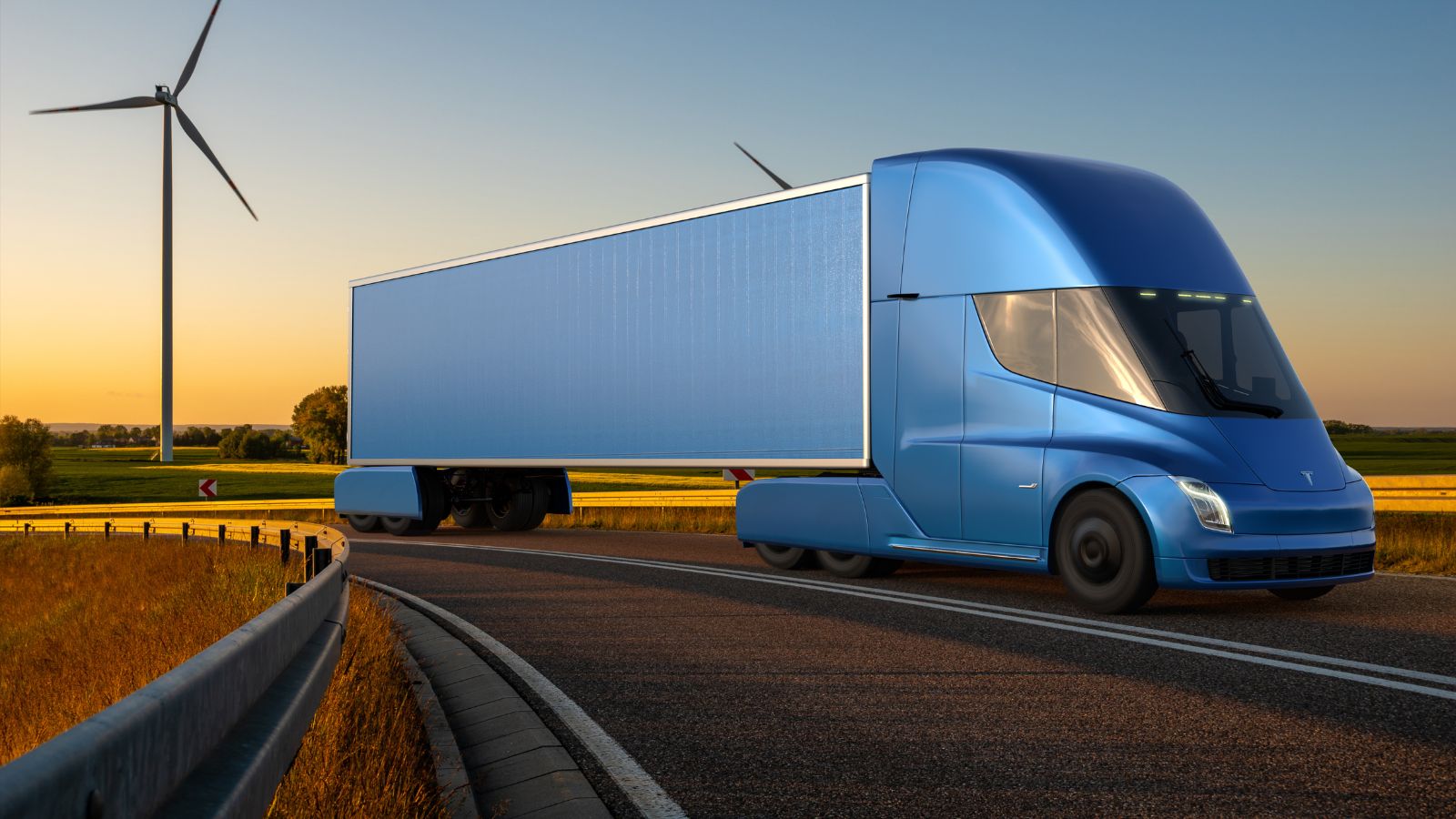
Anything over 33,001 pounds GVWR belongs here. These are the true heavyweights, including tractor trailers, tanker trucks, cement mixers, and oversized dump trucks. Long haul drivers moving freight across the country are typically piloting Class 8 machines. To get behind the wheel, a Class A CDL is almost always required, and many companies demand additional endorsements for hauling tankers, hazardous materials, or doubles and triples.
Why the Classification System Matters
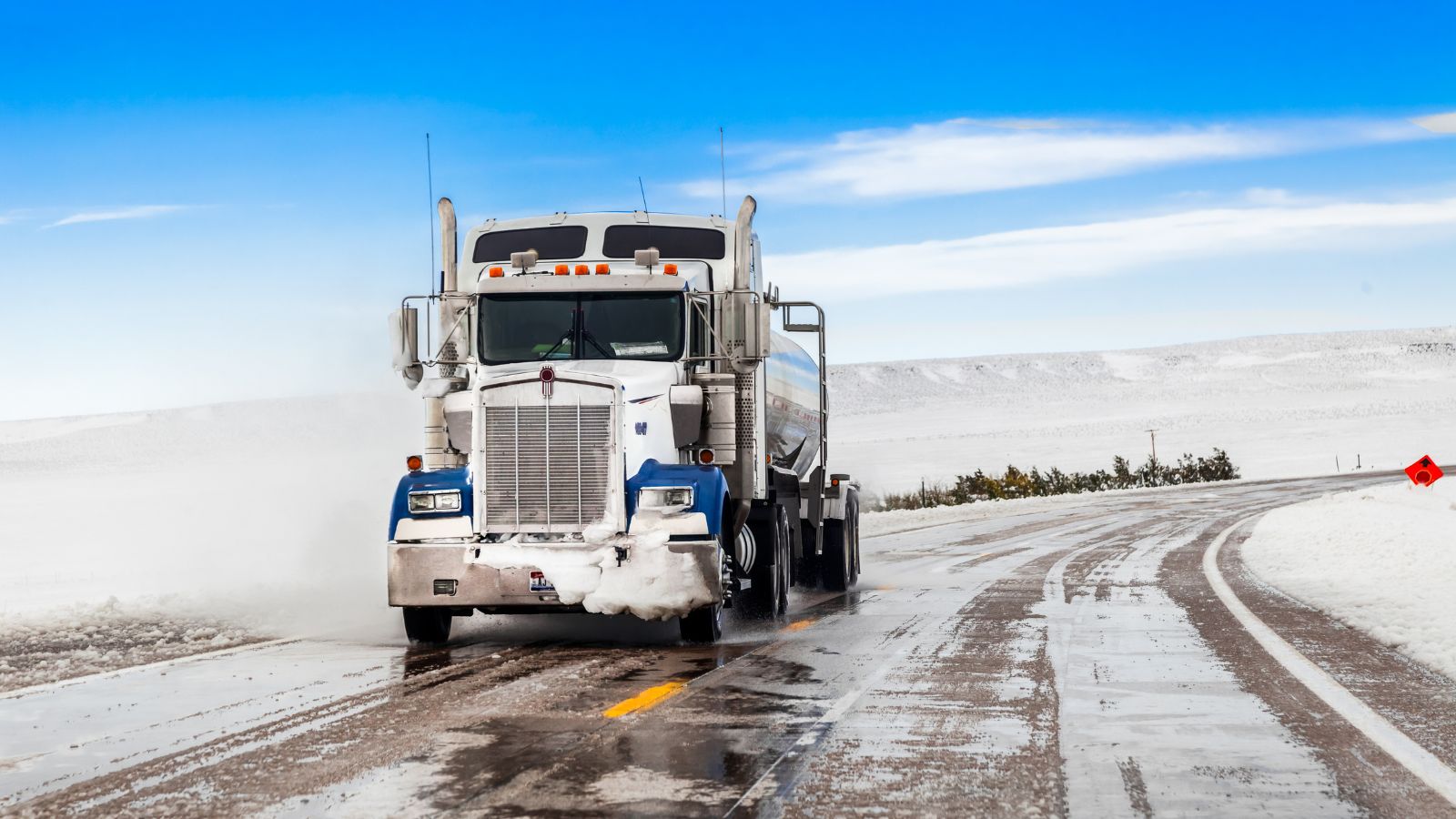
The truck classification system is not just paperwork. It governs safety standards, licensing rules, and even how trucks are designed and built. Regulators rely on these categories to enforce limits on what kinds of roads trucks can travel on and how much they can legally carry. For trucking companies, the system helps determine which drivers they can hire for specific vehicles, how much training is required, and what kind of insurance is necessary.
For drivers, knowing the class of your vehicle is critical. It tells you whether you need specialized training, what restrictions may apply, and how law enforcement will treat you if you are stopped. For everyday drivers of light duty pickups, the classification does not matter much. But once you move into Classes 7 and 8, the stakes are higher and the laws far stricter.
The Bigger Picture on America’s Trucks
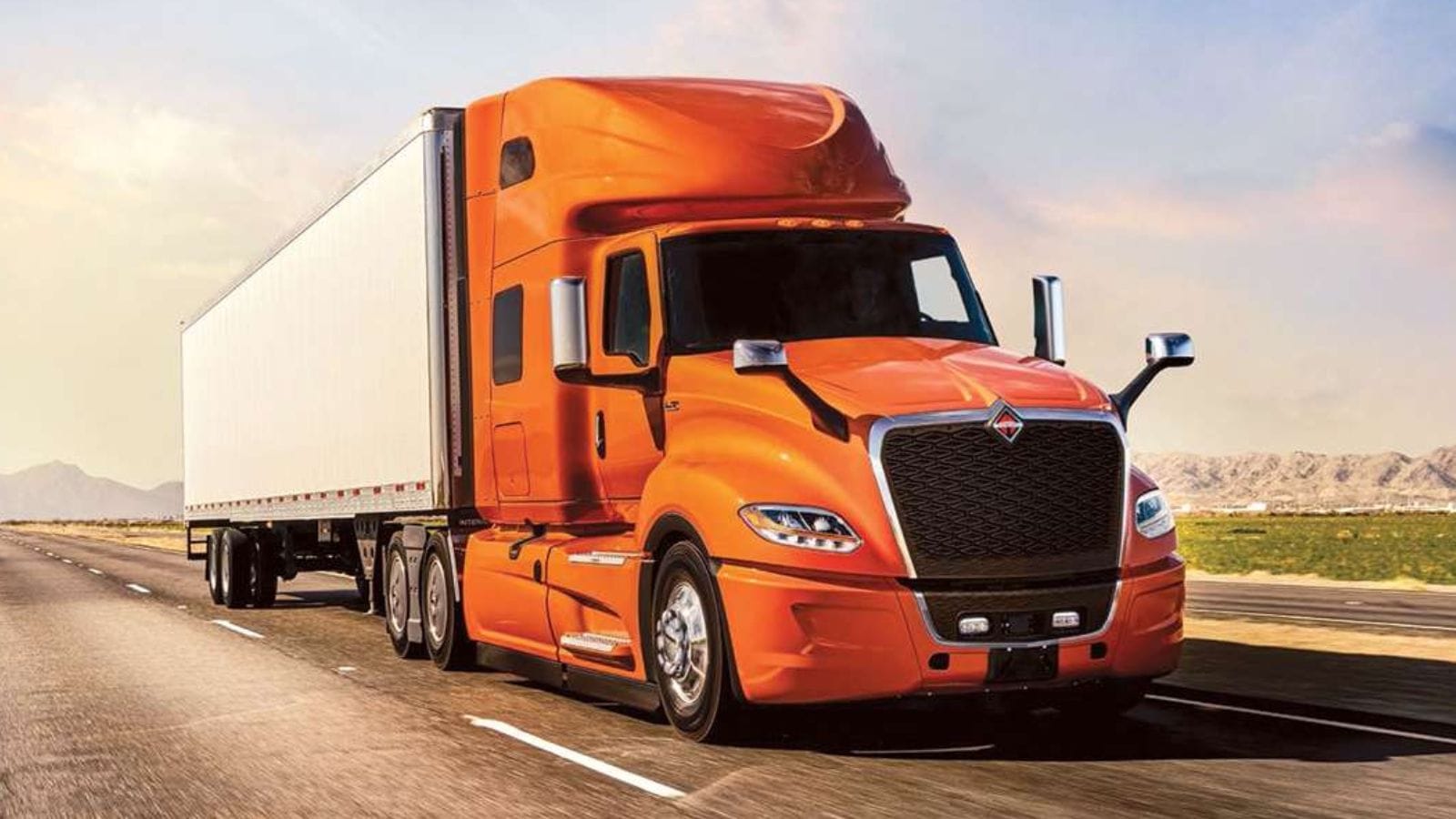
A Class 8 truck is more than just a vehicle, it is a piece of the nation’s infrastructure. Every supermarket, construction site, and factory relies on these rigs to keep products and materials moving. Driving one is not just about holding a steering wheel, it is about controlling a machine that can weigh 20 times as much as a family sedan. That is why the law requires proper training, licensing, and certification.
Understanding how the classes break down puts the whole trucking world into perspective. From the light pickups in suburban driveways to the massive rigs thundering down interstate highways, every class plays a role. But Class 8 is in a league of its own, and the people who drive them carry enormous responsibility along with the cargo in their trailers.
25 Facts About Car Loans That Most Drivers Don’t Realize

Car loans are one of the most common ways people fund car purchases. Like any other kind of loan, car loans can have certain features that can be regarded as an advantage or a disadvantage to the borrower. Understanding all essential facts about car loans and how they work to ensure that you get the best deal for your financial situation is essential. Here are 25 shocking facts about car loans that most drivers don’t realize:
25 Facts About Car Loans That Most Drivers Don’t Realize
